by Amanda Rose Newton
No matter where you reside in the world, summertime is fruit time! July in Florida is generally the time tropical fruit lovers have their moment, especially with mango!
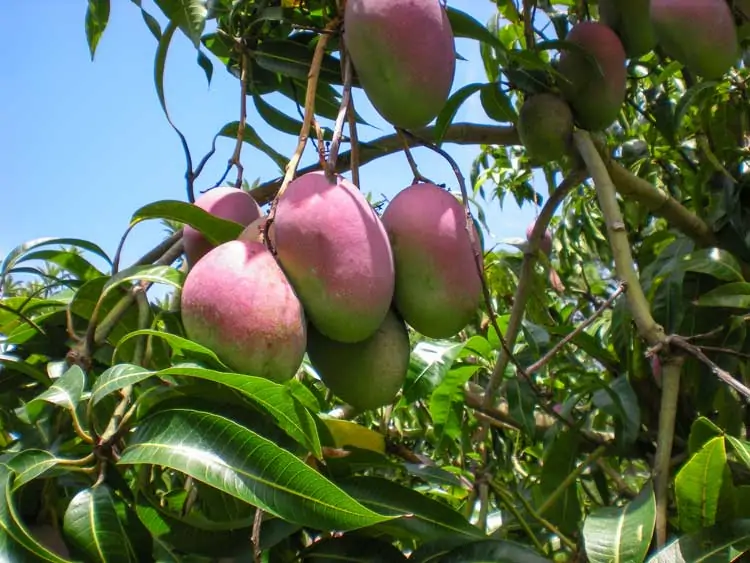
Peak season is just around the bend, and there are so many other fruits deserving of the limelight (pun intended).
Not everyone has the luxury of a large backyard that can support their very own 30-foot mango, starfruit, or avocado tree, and maybe you are just nostalgic for traditional summer favorites like berries. If you fit into either of those categories, July is still your month!
We will be highlighting fruits that haven’t had a blog of their own, despite the adaptability, resilience, and tastiness they possess.
The blackberry is one of the very few fruits that are true natives of the United States, including Florida.
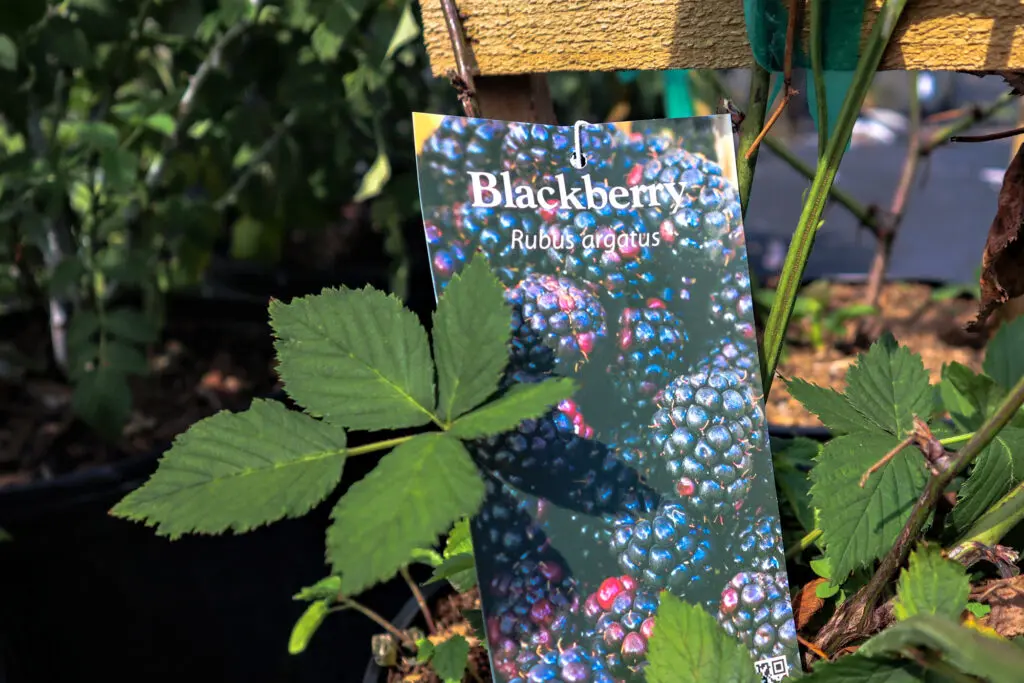
Over ninety percent of the fruits and vegetables at the grocery store did not originate here, despite being commonplace in our backyards now, including the beforementioned mango.
Most of us grew up with some sort of variation of the blackberry and have fond memories of picking them in the warm sun as well as not-so-fond memories of being pricked by the brambling thorns.
This piece of nostalgia can be created right in your backyard, or even a sunny spot on your lanai with the right-sized container and soil. Given their native nature, they have no qualms about our sandy soil and laugh in the face of droughts.
In sum, these guys are hardy. If you claim to have a black thumb, you should really set that aside until you have been unsuccessful with blackberries. Do so and you have truly earned that title!
Planting Blackberries in Florida
Blackberries are true Floridians, and as such, they love bright sun, sandy soil, and are not so much a fan of wet feet.
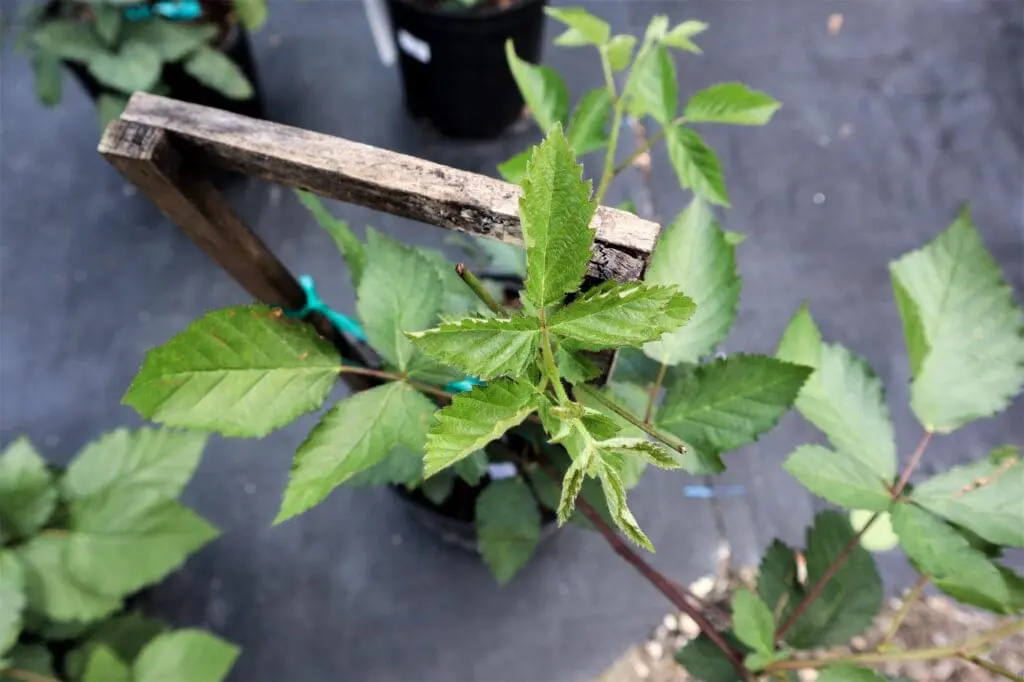
While they can tolerate a bit of shade here and there, you will get the most production in full, direct sun. Be sure to choose an area with well-draining soil, and this is especially important if you are planting in a container. Now is not the time to add heavy fillers like peat moss or vermiculite.
Outdoors, prepare the hole by digging it slightly bigger than the circumference of the pot it came in. It is not a bad idea to enrich the soil a little bit, and you can do so by adding 50% Rockledge Gardens Planting Mix with 50% of soil from the hole. Once prepped, place the blackberry into the hole, making it sit slightly above (or right at) the soil surface. Afterward, simply fill it back in and give it a thorough drink of water.
If you are planting near a structure, it is a smart move to go the fancy route and get a trellis. Not only does it add aesthetic flair, but it helps reduce the natural suckering habit and reduces the untamed nature blackberries like to engage in.
If you have the space to plant them away from high-traffic areas, you can feel free to let them do their thing. Blackberries are wonderful at creating a natural fence line and windbreak for the landscape.
Blackberry Care
Perhaps the most appealing trait, after taste, is that blackberries are easy to care for, requiring little input for the output produced. Once established, water your blackberries a few times a week in the hot months when rain is not in the forecast. Remember, moist is good, too moist is deadly.
For new plantings, water daily for the first week and taper off a day for each week following until you reach a twice-a-week schedule.
Fertilizing is only needed if you are noticing deficiencies or a lack of fruit development, as they are already well-adapted to Florida life.
If you grow your blackberries in a container, you may want to fertilize two times a year with an all-purpose slow-release fertilizer such as Espoma Plant-Tone.
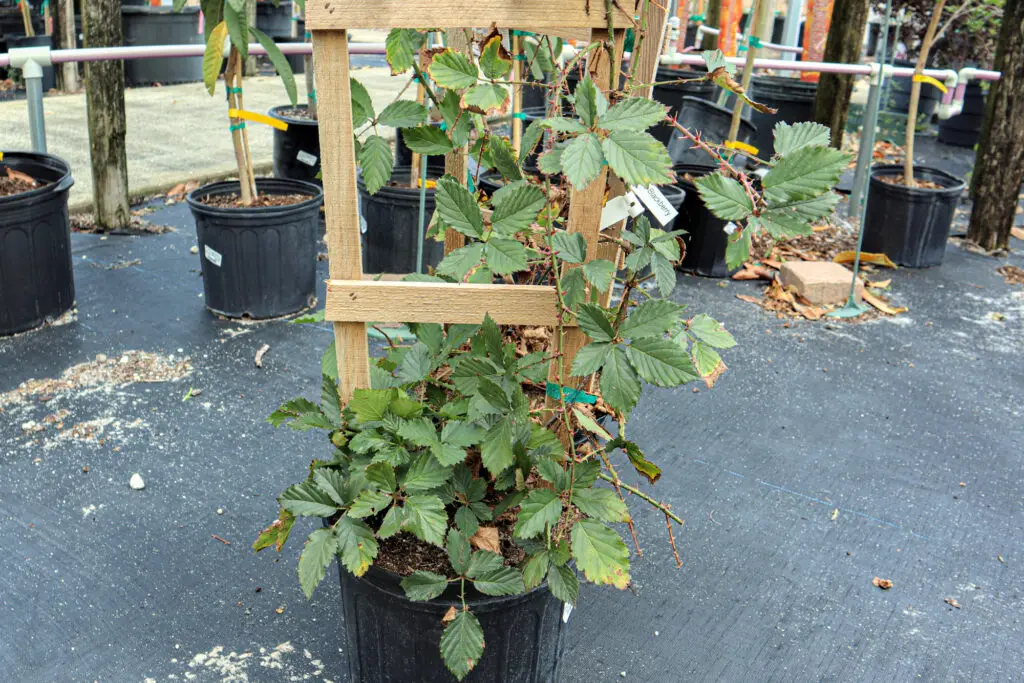
For the latter, sometimes having a buddy for your blackberry helps increase the chances of pollination occurring. Pollination is key, so be sure to limit your use of pesticides to ensure those hardworking insects keep going strong.
The most difficult aspect of blackberry parenting is pruning. Like a camera-optional Zoom meeting, blackberries let their appearance run rampant if left to their own devices.
Once you harvest those tasty berries, go ahead and give your blackberry a haircut. Canes that have fruited will not fruit again, so go ahead and cut those back to the ground. Leaving roughly 5-12 canes from the current year’s new growth within a spread of 5 ft will serve your needs. You can also tip back canes with they hit about 3 feet long to encourage more branching.
Blackberry Pests and Diseases
Blackberries have few issues overall, but if you do end up with fungus and pest problems, simply cut those old canes out. Treat as needed and in extreme cases, you can simply cut the whole thing to the ground after fruiting to start fresh the following year.
Blackberry Varieties
There are dozens of cultivated varieties available at your local nursery today. Like all fruit, everyone has their own favorite based on their own prior experience and personal tastes.
Your best bet is to sample as many of these as you can before you buy or plant more than one variety to get an idea of the subtle differences in taste. Thorns are another deal-breaker for folks, especially if you have curious pets or children to worry about. Fortunately, there are many thornless varieties that do not skimp on flavor.
Arapaho– This upright berry was developed by the University of Arkansas and it performs well across the Southeast. Thornless and early to ripen, these medium-sized dark beauties are all flavor.
Black Stain– This berry is more freeform but still thornless, producing a medium-sized fruit. The fruit runs on the tart side and ripens in late June through early July.
Brazos– This berry has thorns and plenty of them! Luckily, it gifts those willing to put up with a few scrapes with large fruit that is fantastic for homemade compotes, preserves, and pies. The fruit ripens early, generally in late May.
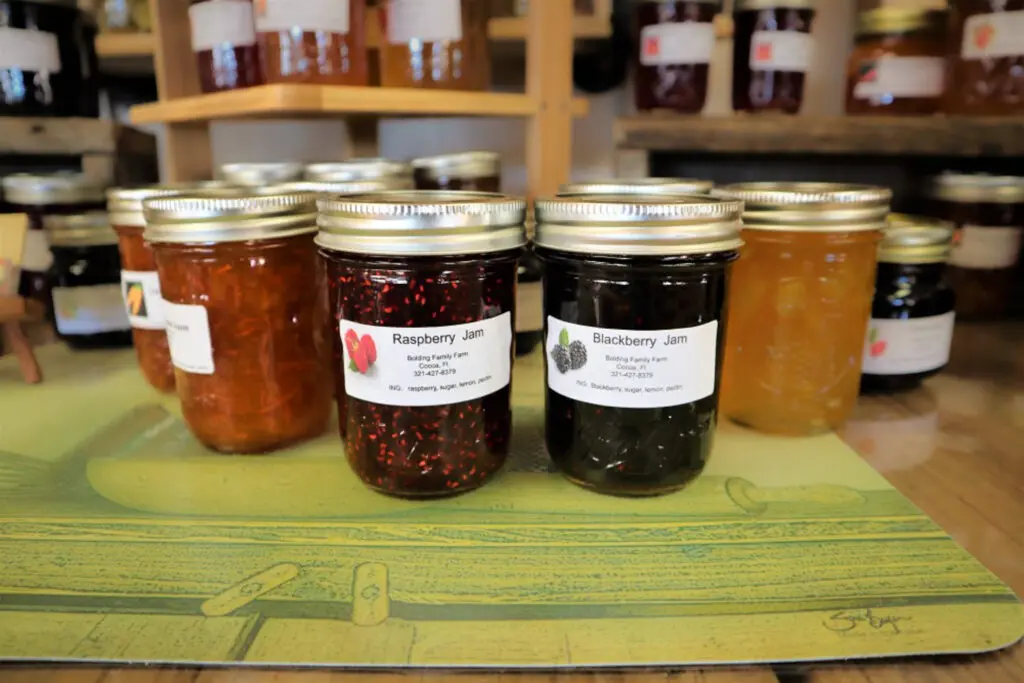
Kiowa– A more manicured thorny blackberry with exceptional flavor, the Kiowa has medium-sized fruit and a nice texture. The fruit is sweet right from the vine and ripens in early June.
Natchez– A popular, easy-to-find thornless variety, this is a fan favorite due to its high yields of large berries. It has an appealing firm texture, which means fewer crushed berries and a good overall flavor. The ripening period is throughout the month of June.
Navaho– Thornless variety with nice-sized yields of big berries. Softer and sweeter than Natchez, these ripen in early July.
Ouachita– This blackberry offers high yields with large, sweet berries that hold up well in the freezer or refrigerator. Fruit ripens in late June.
Shawnee– A thorny blackberry with beautiful sweet berries, these differ from the rest in that they ripen over the entire month of June (and sometimes into July) allowing for staggered enjoyment.
Whatever variety you choose, you really can’t go wrong with a blackberry to up your Summertime experience. It’s 100% true Floridan Enjoyment.


